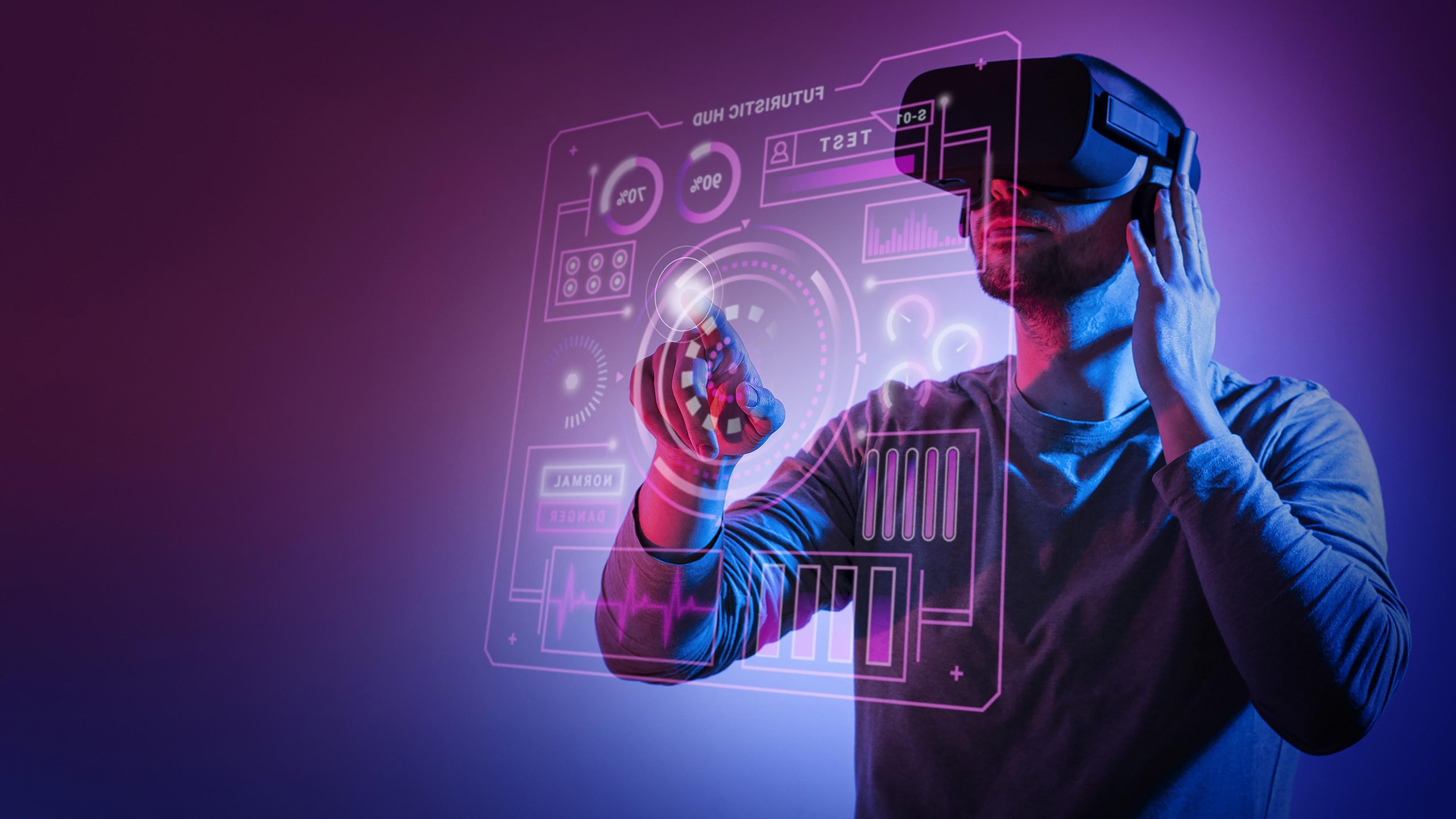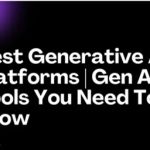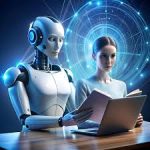Introduction |
Artificial intelligence is no longer the stuff of science fiction—it’s here, it’s everywhere, and it’s transforming the job market as we know it. Whether it’s diagnosing diseases, analyzing financial markets, or generating art, AI is redefining what it means to work in the 21st century. For today’s students, this isn’t just a trend to watch—it’s the reality they’re stepping into.
So, how do we prepare a generation for jobs that may not even exist yet? How do we make sure students aren’t just spectators in the AI revolution but active participants and leaders? The answer begins with education—reimagined, retooled, and radically inclusive.
The AI Disruption Is Real—And It’s Just Getting Started
By now, most people understand that AI is set to disrupt industries. But the scale may still surprise you. A landmark study by Frey and Osborne found that nearly half of U.S. jobs could be automated in the coming decades. And yet, while some jobs will disappear, others will be created—97 million globally by 2027, according to the World Economic Forum.
But here’s the kicker: our education systems are still playing catch-up. Designed for an industrial economy, today’s classrooms often focus on memorization and standardized tests, not the flexibility and innovation needed in a world of machine learning and automation.
1. Teach AI Like You Teach Math or Reading
Forget coding as an extracurricular—AI literacy should be mainstream. That doesn’t mean every student needs to master Python, but they do need to understand how algorithms work, how data is used, and why bias in AI is a real-world problem.
Tools like Google’s Teachable Machine or Code.org’s AI modules make this accessible, even for younger students. The goal? Help students see AI not as a black box but as a tool they can understand, question, and even build themselves.
As one McKinsey report puts it, “AI literacy is a foundational skill—just like reading or math—for the future of work.”
2. Double Down on What Makes Us Human
Here’s the good news: AI can do a lot, but it can’t replace everything. Emotional intelligence, creativity, ethical judgment—these are uniquely human qualities, and they’re more valuable than ever.
Think of it this way: AI might analyze data, but it can’t lead a team through a crisis or imagine a new business model from scratch. Project-based learning, group challenges, and design thinking exercises can help students hone these “soft skills” that are actually hard to automate—and in high demand.
A 2018 study found that demand for social and emotional skills will jump by 26% in developed economies by 2030. That’s no small shift.
3. Give Students a Technical Toolkit
Not every student will become a data scientist, but digital fluency is non-negotiable. Whether you’re a marketer using AI for customer insights or a healthcare worker interpreting diagnostic algorithms, some technical knowledge is key.
The World Economic Forum estimates that by 2027, nearly 60% of workers will need reskilling—mostly in digital areas. That means schools and universities need to offer hands-on training with real tools: from Python and TensorFlow to no-code platforms like Bubble.
Community colleges, online programs, and bootcamps are already leading the way. The next step? Scalable access and real-world industry partnerships that make these programs accessible and career-relevant.
4. Make Ethics Part of the Curriculum
AI isn’t neutral. It reflects the assumptions and blind spots of its creators. Just ask Joy Buolamwini and Timnit Gebru, whose landmark study exposed racial and gender bias in facial recognition systems.
That’s why teaching students about the social consequences of AI is just as important as teaching them how it works. From data privacy to algorithmic justice, students need to wrestle with the moral dilemmas AI presents.
Some universities—Stanford, MIT, and others—are already offering courses in AI ethics that blend philosophy, policy, and technology. High schools should follow suit with age-appropriate discussions about digital responsibility and fairness.
5. Build Lifelong Learners, Not Just Test-Takers
The half-life of skills is shrinking. What you learn today might be outdated in five years. That means adaptability is the name of the game.
Schools need to help students learn how to learn. That includes teaching metacognitive skills like setting goals, managing time, and self-assessing progress. It also means embracing online platforms—Coursera, LinkedIn Learning, edX—that allow students and workers to continuously update their skills throughout life.
This isn’t just a nice-to-have. According to McKinsey, 30% of all jobs will require major reskilling by 2030. The future belongs to those who can keep learning.
6. Close the Equity Gap Before It Widens
If we don’t act now, AI education risks becoming a privilege of the few. Access to high-quality tech education is still unequal, especially for marginalized communities. That’s a problem—not just for equity, but for innovation. Diverse voices make better technology.
Programs like Girls Who Code and Black in AI are doing critical work to change this. But more investment is needed—through public policy, scholarships, community hubs, and partnerships that bring cutting-edge tech to underserved schools.
The future can’t be inclusive if access to the future is exclusive.
The Bottom Line: Don’t Wait for the Future—Prepare for It
Preparing students for an AI-powered world isn’t just about teaching tech. It’s about nurturing ethical, curious, and resilient thinkers who can navigate uncertainty and shape the future—not just survive it.
We’re standing at a crossroads. The choices educators, parents, and policymakers make today will determine whether the next generation is ready to lead—or left behind.
The AI revolution is already here. Let’s make sure our students are ready to meet it—not with fear, but with confidence, creativity, and conscience.
References
Buolamwini, J., & Gebru, T. (2018). Gender Shades: Intersectional Accuracy Disparities in Commercial Gender Classification.
Bughin, J., et al. (2018). Skill Shift: Automation and the Future of the Workforce. McKinsey Global Institute.
Frey, C. B., & Osborne, M. A. (2017). The Future of Employment: How Susceptible Are Jobs to Computerisation?
McKinsey & Company. (2020). The Future of Work After COVID-19.
World Economic Forum. (2023). The Future of Jobs Report.



